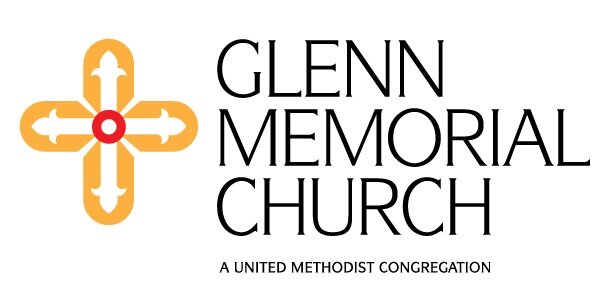As we journey through Lent towards Easter and Earth Day, we hope that these words may enlighten or speak to you in some way. This column will be presented weekly.
In 2016 the United Methodist Women commissioned the publication of the book Climate Justice: A Call to Hope and Action, an illuminating and wide-ranging look at an issue they had been studying for several years.
For the past three weeks, the focus of this column has been Climate Justice. This will be the first of three columns that will address Climate Injustice. Justice is defined as just behavior or treatment, the quality of being just, impartial, or fair. Injustice is the opposite: the absence of justice: the violation of right or of the rights of another (in this case, earth).
Jacqueline Patterson, the author of Chapter 4 “Climate Injustice: How Did We Get Here?” is the director of the NAACP Climate Gap Initiative, and she states “we find ourselves in an unfettered slide toward catastrophic climate change, a predicament that is rooted in our commodification of labor and natural resources that amasses wealth for a powerful few.” Patterson cites the colonization of the New World and the industrial period of the West. All of this came at the expense of exploitation of land and natural resources that continues to the present day. This was built upon the reliance on cheap labor and the oppression of the rights of people, especially people of color and indigenous people in particular. Patterson adds that while the church has too often been asleep at the switch, “the methods of the ruling classes (brute force and extraction) and the mono-focus on building wealth with no concern for human rights or the well-being of the earth persists even today. We no longer call these actions colonization, but development.”
“Most relevant to the issue of climate change are the subsidization of the fossil fuel industry and the lack of regulations governing its practices, which are destroying the environment and violating human rights. Fossil fuel companies reap $500 billion per year in subsidies. On average, oil, coal, and gas received more than four times the $120 billion paid out in incentives for renewables including wind and solar” she states. So we are confronted with the question - Where is the justice in that? Who are the beneficiaries of that inequity?There are many examples of climate injustice but I will share one example that encapsulates the significant issues. “Coal combustion is not only the top emitter of carbon dioxide but it also impacts the health and well-being of communities that are host to coal plants due to the emission of co-pollutants including mercury, arsenic, lead, sulfur dioxide, nitrogen oxide, and more! These toxins are tied to respiratory illnesses, birth defects . . . and even learning problems.” So, again, the question, where is the justice in all of this? And there is the raping and degradation of the earth!
Finally, let me quote Archbishop Desmond Tutu regarding John 3:16, “so when I discovered that the Greek word for ‘world’ was ‘kosmos’ it stopped me in my tracks. I realized I’d only heard John 3:16 as saying ‘For God so loved the people…’, yet there was a word that suggested God loved the whole cosmos and sent Jesus because he loved the whole cosmos, not just people.”
Please visit https://www.unitedmethodistwomen.org/ for more information about the work of the UMW throughout the world. If you are interested in reading this book, please let us know. Copies are available.
David Speno, Glenn Environmental Committee

